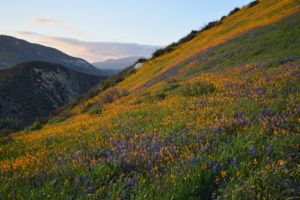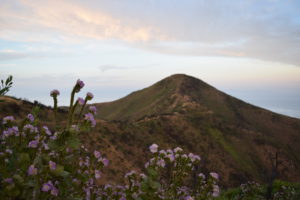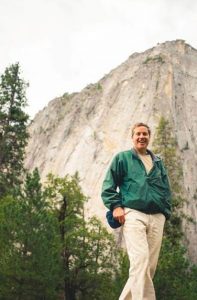Chaparral Plant Adaptations and Patterns of Recovery from Wildfire: Lecture Recording
Recording of online lecture with Dr. Matt Kay
Dr. Kay presented live on December 15, 2020.
Click the title below for the lecture recording.
Chaparral Plant Adaptations and Patterns of Recovery from Wildfire: Lecture Recording
We are excited to offer this program, which was originally scheduled as an in-person SYVNHS-hosted lecture and field trip last April. Since then, California has experienced an unprecedented number of fire events that have have been described as megafires. A number of these wildfires burned through vegetation types that are broadly categorized as conifer forest or mixed hardwood forest. This talk, coming on the third anniversary of the Thomas Fire—arguably one of California’s first megafires—focuses on our area’s chaparral and how it responds to fire.
Wildfire is a natural part of chaparral plant communities. Not surprisingly, chaparral plant species have interesting adaptations that allow them to regrow and/or reproduce post-fire. For many species, wildfire is an important event to which reproduction is timed. Some species grow almost exclusively in burn areas, but only for a few years after fire.
This lecture explores the botany and ecology of fire recovery in chaparral plant communities. The accompanying photos focus on species from San Ysidro and Cold Springs Canyon after the 2017 Thomas Fire. Matt’s talk also examines the importance of conserving chaparral and the ecosystem services it provides.
Matt Kay grew up in Santa Barbara, where he developed a love for biology and natural history. This led to biology degrees from the University of Oregon (BS and MS), and a PhD from UCSB. Matt teaches botany and general biology at Santa Barbara City College.











